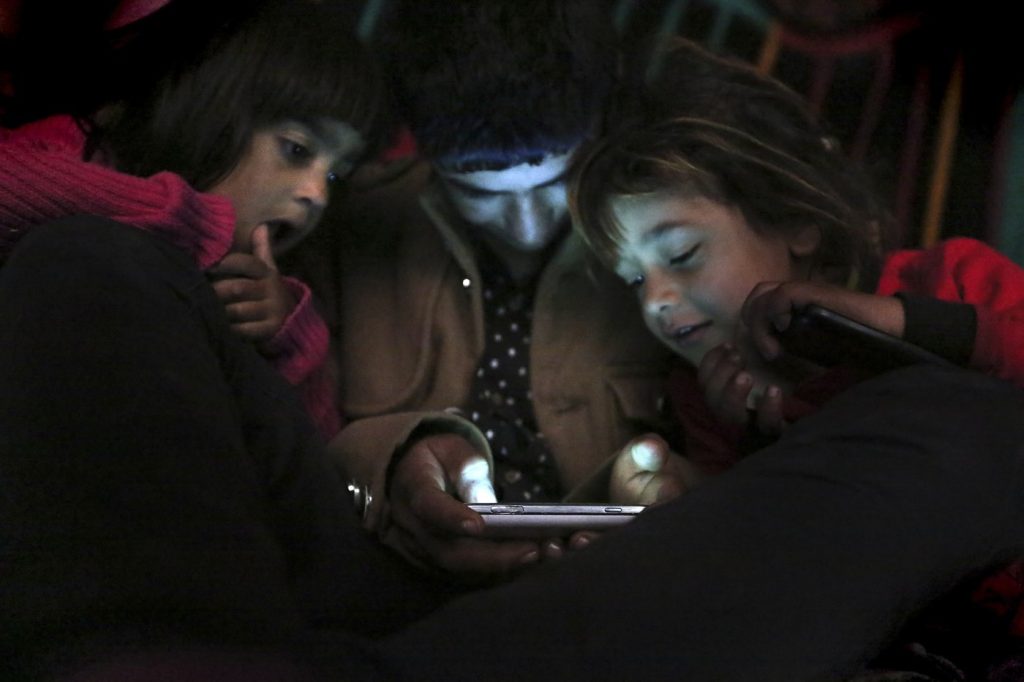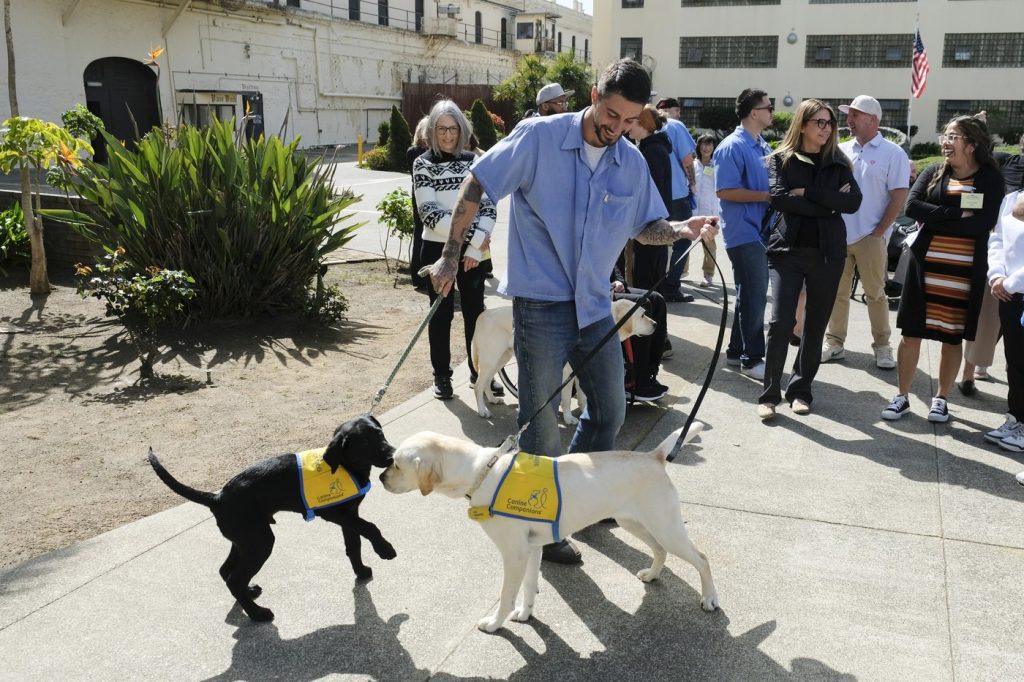DEL MAR, Calif. (AP) — In 1946, Dick Tracy received an atom-powered two-way wrist radio, an invention that captivated a young Marty Cooper, who later became a leading engineer at Motorola. His vision of portable phones stood in stark contrast to AT&T's focus on car phones during a pivotal corporate battle in the 1970s. Cooper believed that Americans desired devices that made them reachable anywhere, akin to the fictional Dick Tracy.
Fifty-two years ago, Cooper made history by calling the head of AT&T from a Manhattan sidewalk, using the four-pound DynaTAC 8000X. This groundbreaking mobile device has transformed into today’s smartphones, with 4.6 billion people—nearly 60% of the global population—now accessing mobile internet. These smartphones have evolved from simple communication tools into complex networks capable of performing trillions of calculations per second, providing the necessary computing power for artificial intelligence.
From his home in Del Mar, California, the now 96-year-old Cooper observes these developments and believes that the revolution in mobile technology is merely at its outset. He envisions a future where cellphones will evolve into intelligent mobile computers powered by human calories, thereby reducing reliance on batteries. According to Cooper, these advancements will facilitate constant health monitoring, offering real-time results to doctors.
As society adapts to these changes, many are using smartphones to prioritize meaningful communication amid information overload. For instance, Claude Fischer, a sociology professor at the University of California, Berkeley, notes that phone calls now hold special significance and are often reserved for serious conversations. This sentiment is echoed by 20-year-old Ayesha Iqbal, who primarily uses texts to communicate, making phone calls only to her cousin.
Karen Wilson, 79, recalls a time when her family shared a party line phone in rural New York, highlighting how much communication has transformed. Her granddaughter was surprised to learn that neighbors once yelled to get someone’s attention when the phone was busy, a stark contrast to today’s immediate connectivity.
However, the benefits of this interconnected world come at a cost. Many people express concerns over the overwhelming nature of constant communication. Kristen Burks, an associate circuit judge in Missouri, states that the absence of barriers in communication leads to feelings of being overwhelmed. This increase in screen time, particularly among children, poses challenges for learning and socialization, prompting a backlash against cellphone usage in schools. Seven states have implemented or proposed statewide bans on phone use during school hours.
Global disparities in access to mobile technology also pose significant challenges. Rich countries are advancing faster than poorer nations. Nnaemeka Agbo, who recently moved from Nigeria to Russia, values his WhatsApp calls with family as a vital connection. Similarly, Tabane Cissé, who migrated from Senegal to Spain in 2023, emphasizes the importance of phone calls to communicate with his mother, who does not read or write, illustrating how essential these devices are to maintaining familial relationships across distances.
As Cooper states, “There are more cell phones in the world today than there are people,” underlining the transformative power of connectivity. He believes that being connected can enhance efficiency and enrich lives, yet also cautions that we are still at the beginning of this technological journey.










